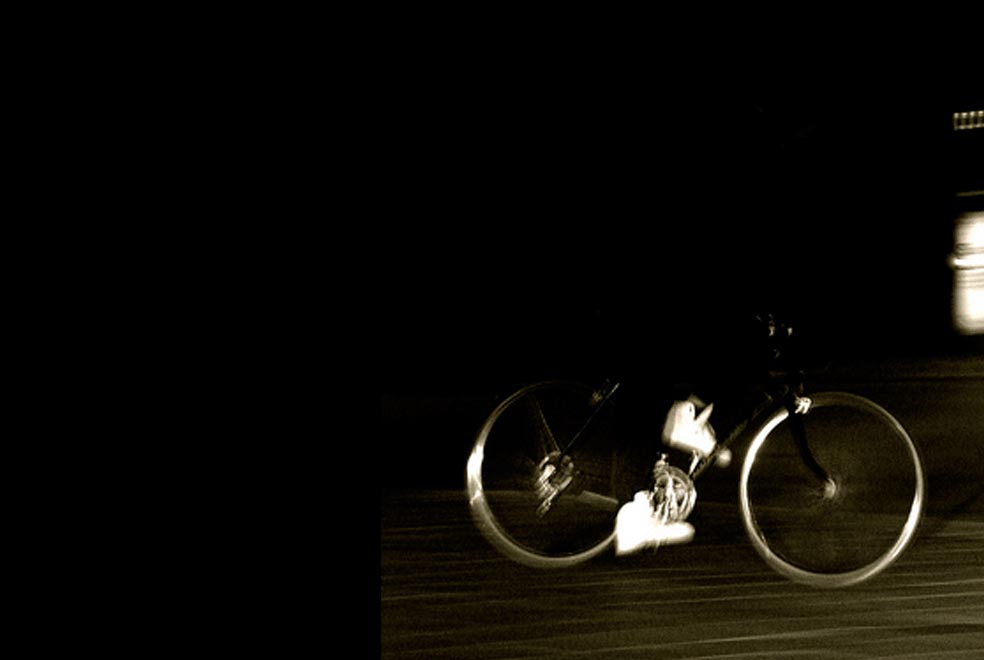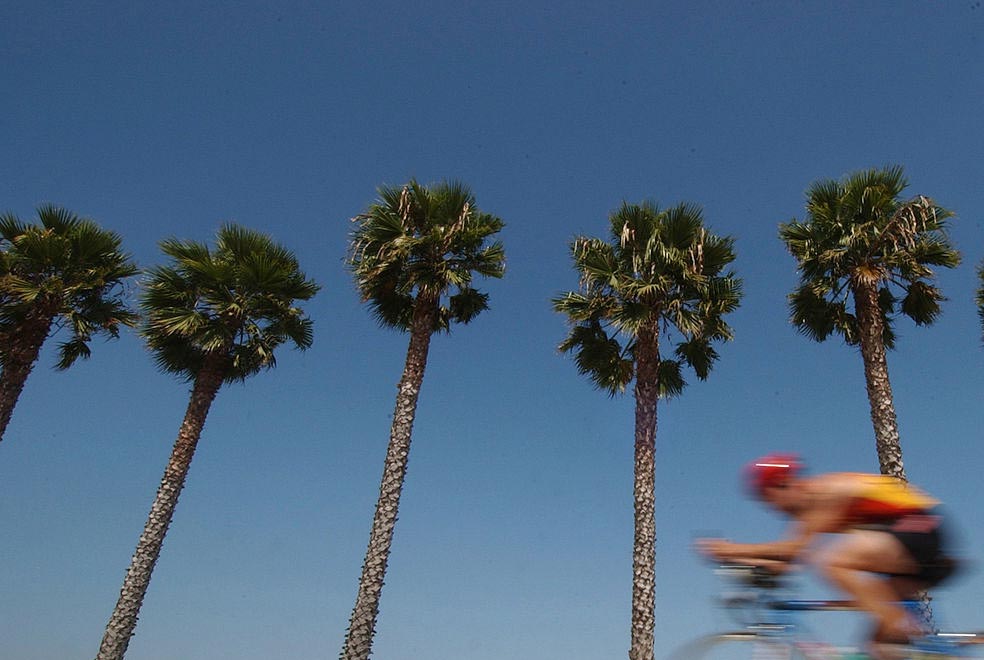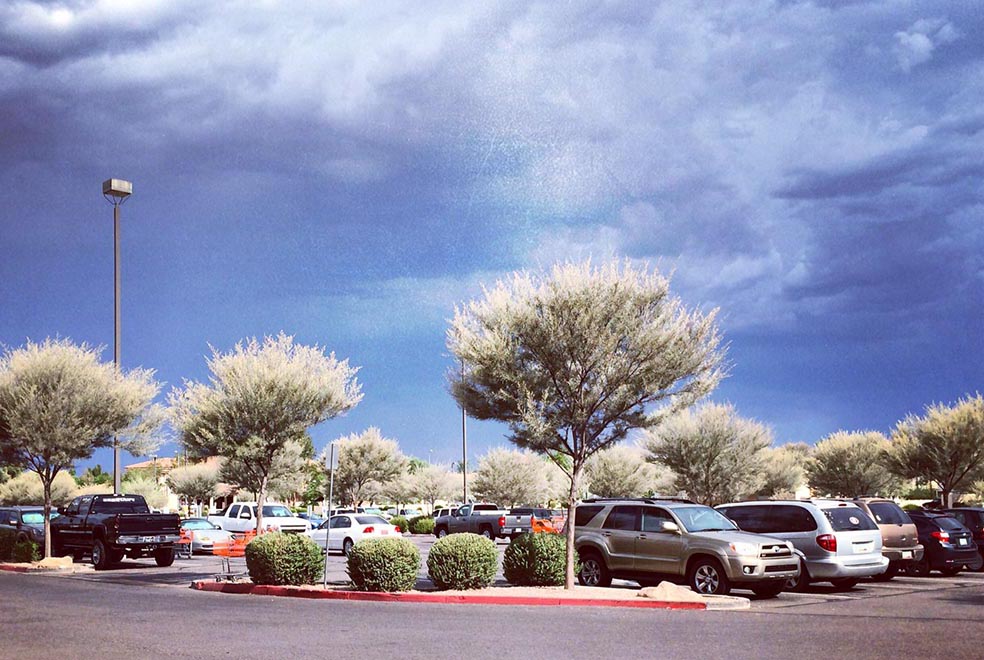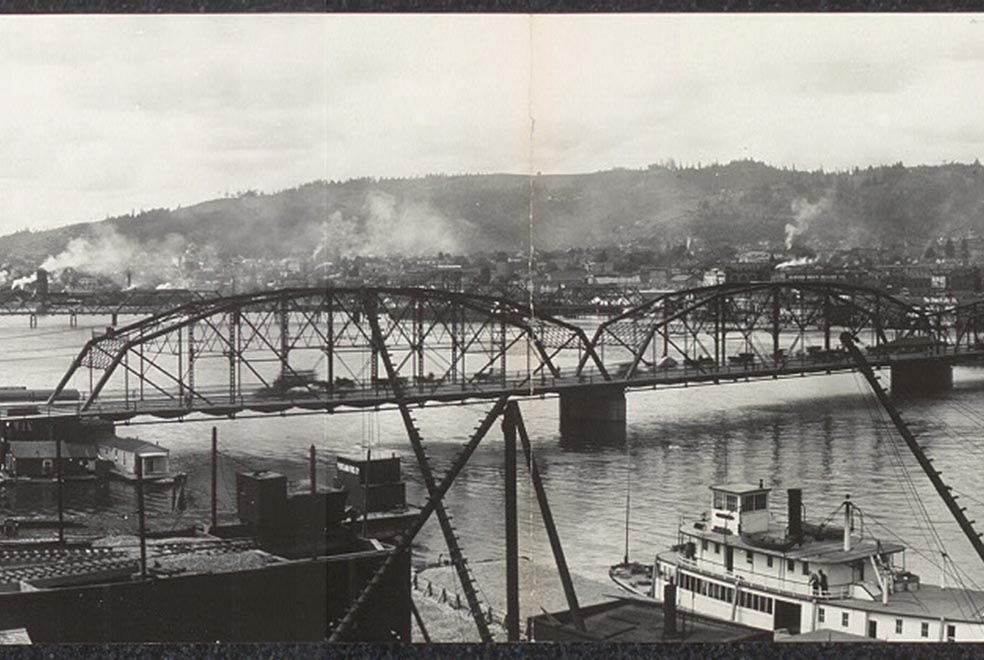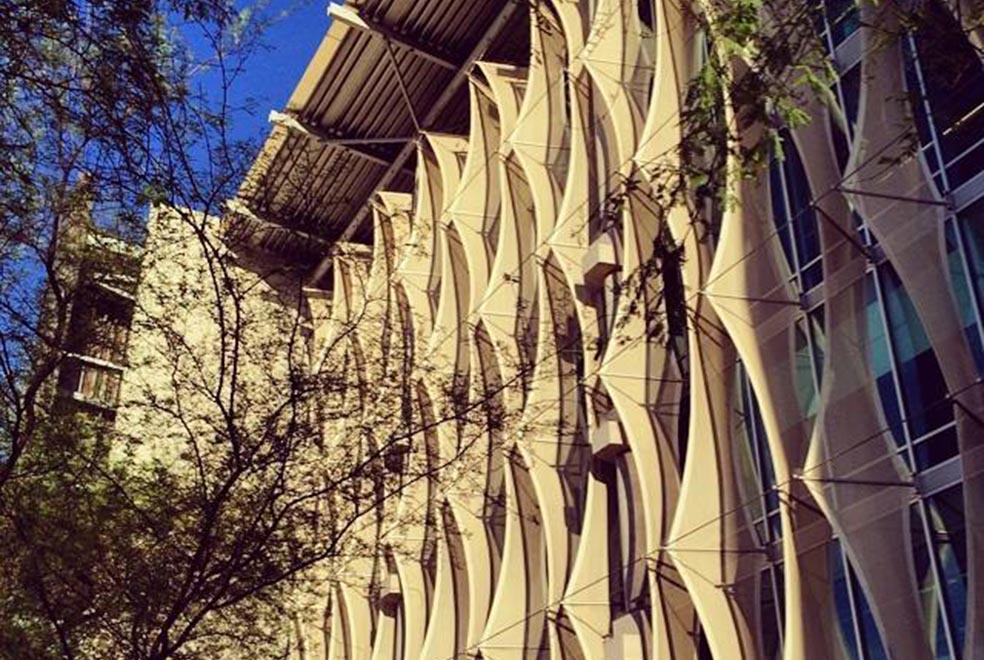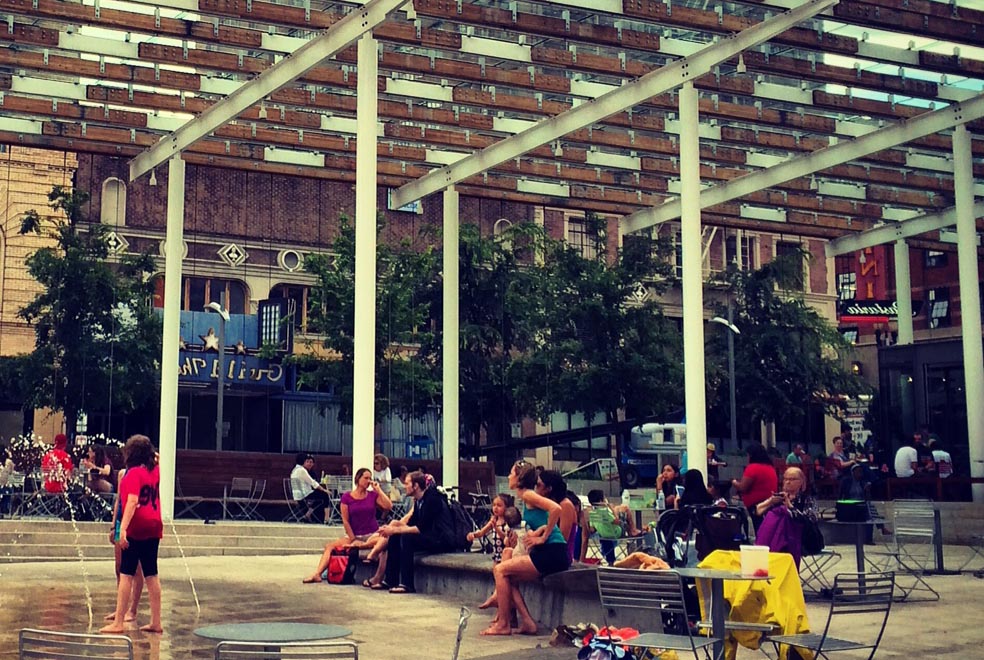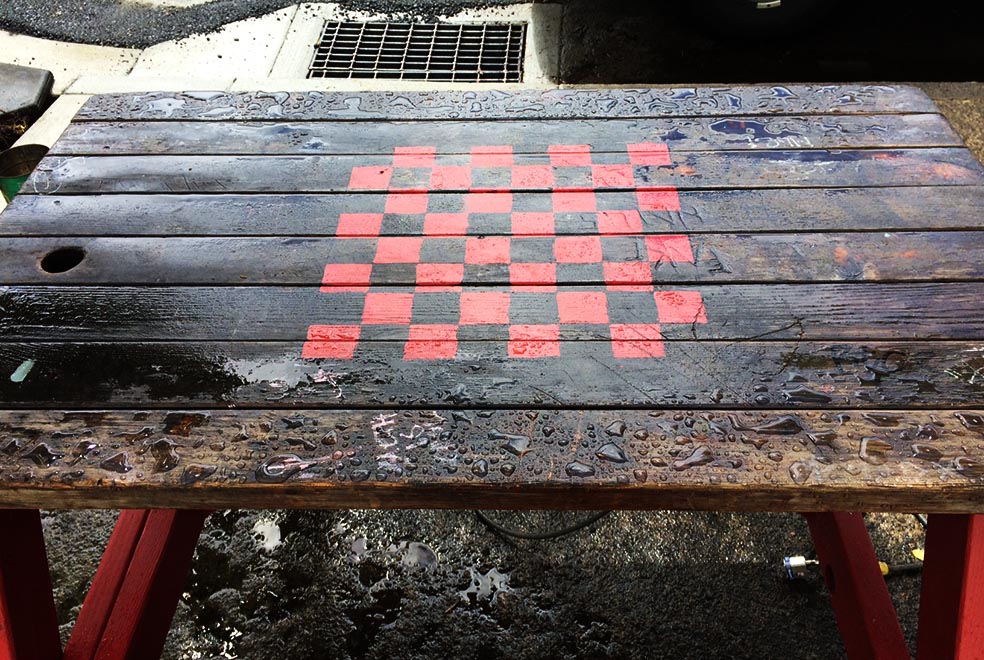Tweet Some bicycling enthusiasts will insist that there are no barriers to entering the bicycling community and that it is open to anyone who wants to join. Just look at the comments on my post, Is Bicycling Only for Fit White People? And a lot of people will insist that there are certainly no racial barriers to bicycling. This may technically be true. Everyone is technically welcome to bicycling. But why is it, according to the research of Eve Bratman and Adam Jadhav, that “in some places, the people who ride are mostly wealthy and white?” There are two types…
Archive for the ‘urbanism’ Category
Tweet Apparently. The biking community in Portland is overwhelmingly white and seems to be comprised of the ultra fit who routinely go on 300-mile bike camping trips or insist on biking long and hilly distances in town, scoffing at those who choose easier, multi-modal ways of getting around. Don’t get me wrong, this level of fitness and dedication is laudable, certainly. But it’s also very intimidating and unusual. The biking community in Portland, at least the biking community I have been exposed to, tends to skew heavily (or should I say muscularly?) toward fit and environmentally conscious white people. Granted,…
Tweet I grew up as an architect loving modernism and its clean lines, its spartan rectilinear shapes and its honesty of materials. But now that I’ve gotten some distance from my modernism-centric education, I see how modernism can go wrong, especially on a residential scale in established neighborhoods. As I’ve written emphatically before, I don’t think the solution is to copy historic homes, but to create a new contemporary architecture that reflects the materials, sensibilities and values of today while still honoring timeless and universal principles of being neighborhood and people oriented. Historic homes celebrated the front porch, for example,…
Tweet I just spent more than two weeks now in the suburb of Chandler, Arizona. As far as suburbs go, it’s not bad. It’s actually considered an “inner ring” suburb, at a whopping 25 miles from downtown Phoenix, which is a testament to how sprawling Phoenix metro really is. Every time I spend time in the suburbs, I am reminded of why I live in the city. Suburbia is like Wonder Bread – bland, easily digestible, convenient, but really it offers little in terms of nutrition for the soul. Here are 10 reasons why: 1. Everything looks the same. Perhaps…
Tweet Real estate booms and busts, exorbitant property values, displacement, gentrification and slumification are all predicated on the concept of private property. The European concept of land as property has become the rule in the world as we know it today and everything revolves around it, including entire economies and ways of life. In this post, I dissect the idea of property ownership and look at what place means underneath the filter of property ownership. Though we won’t be doing away with private property ownership any time soon, we need to look at ways to take back power for the…
Tweet On this Independence Day, let’s take a look at the early days of Portland, how it got settled and how it consolidated three small cities into one large one to compete with arch nemesis Seattle. In 1880, Portland was still a small railroad town with only 17,000 residents on the west side of the Willamette and a few hundred more scattered on the east side. It was more of a country town than a bustling city. The population was a mix of Europeans and Chinese. But by the turn of the 20th century, Portland made a place for itself…
Tweet I noticed that what I like to do when I visit Phoenix are not the same things I liked to do when I lived here. I appreciate a whole different set of attractions as a visitor that I completely took for granted when I lived here. Now that I live in the Pacific Northwest, I can see and appreciate the things that make Phoenix uniquely Phoenix – the things that draw from its Latino and Native American culture, the scorching Mars-like climate and landscape, and the history of the place. When I lived in Phoenix, I was most interested…
Tweet Director Park, located between Yamhill and Taylor on Park, is one of the Park Blocks, a series of consecutive parks in downtown Portland that originated in 1848. The Park Blocks ended up being divided into the South Park Blocks and the North Park Blocks. Director Park is a way to connect the two sets. Believe it or not, Director Park narrowly escaped the fate of becoming a 12-story parking garage in 1995. Thankfully, more visionary leaders, like then mayor Neil Goldschmidt and developer Tom Moyer, interceded and the block became a public park instead. And what a good thing…
Tweet Yesterday, I watched a movie called The Human Scale by Danish director Andreas Dalsgaard chronicling several cities and the way they respond to people. The movie was based on Danish architect Jan Gehl’s principles about people-oriented cities. A cautionary thread in the movie revolved around the rapid urbanization of China and how Chinese cities are dealing with the population boom by building more highways and high-rises. On a hopeful note, the movie also featured cities, like Copenhagen, New York and Melbourne, that are re-orienting their urban planning to accommodate human beings and that have transformed formerly car-oriented spaces into people-oriented…
Tweet It’s easy to feel powerless in the face of powerful private interests, such as greedy developers and large corporations who seem to have a direct line to the decision makers in the government. Here in Portland, events like developers demolishing existing homes and displacing residents to put 4-6 story condo developments, disappearing local businesses that can’t afford rising rents and community amenities like food cart pods that are being kicked out of the lots they helped revitalized are just some of the injustices people are feeling. Do people who don’t happen to have millions of dollars or a big…















